Farmers in Ukraine have had their livestock killed by bombs, shot for food by Russian forces and die through starvation.
The country’s farm organisations predict that milk production could drop by almost 20% and that those living in impacted urban areas may suffer animal protein famine.
Some tillage farmers have had their farm machinery stolen during the war. Through the machinery’s GPS systems, the farmers can see that their stolen combines have now been transported back to Russia where they presume, they will be used by farmers from the “enemy country”.
Dmytro Skornyakov, CEO of Harveast, a Ukrainian farm company with land near Mariupol and Bucha, told the Irish Farmers Journal that Russian soldiers “stole everything, all machinery and all grain” from his farm.
He said over 75% of the farm’s 130,000ha is “either occupied or mined by Russian soldiers” and that they will not be able to remove the mines from this land for many years.
A divide appears to be forming where farmers in the west, away from the most severe conflict, are moving to increase production while farmers in the worst impacted areas of Ukraine continue to face greater challenges.
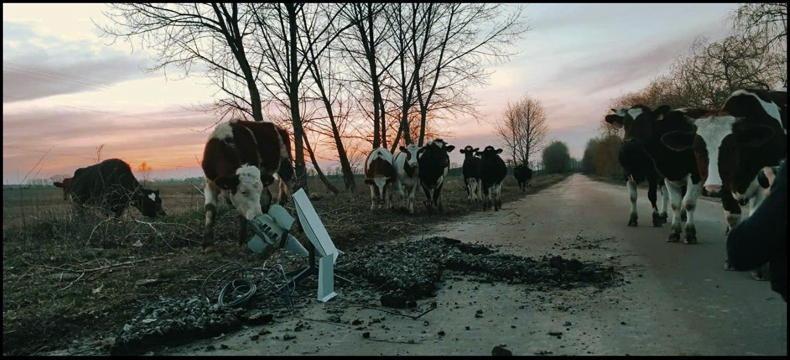
Cattle encountering a missile in Chernihiv Oblast, Ukraine after being let lose from sheds bombed by Russian forces to fend for themselves. \ Kees Huizinga
Skornyakov described how his farm leases much of its machinery. He said: “One of our bigger [lease] companies has started to take the machinery back and this is a big threat. They just want to take all the machinery to western Ukraine just to be in a safe place but it means that in our region, we will not be able to seed at all.”
In analysis seen by the Irish Farmers Journal, Ukraine’s Association of Milk Producers (AMP) reports that 800 commercial dairy farms have been affected by the war.
Many of these farmers have been unable to access milk processors, have run out of fodder to feed stock or have had cattle killed and infrastructure destroyed by Russian soldiers and bombs.
The association predicts that overall, Ukraine’s milk production will decrease by 19.5% in 2022, from 2.75m tonnes to 2.21m tonnes.
Within this, AMP sees a greater reduction in the level of milk actually processed in 2022, dropping by 22.6% to 1.92m tonnes.
If the war in Ukraine continues for four months, the dairy body predicts that as many as 20% of Ukraine’s dairy cows could be lost to starvation, disease or injury but if it continued for eight months, this could rise to 40%.
It said that a shortage of feed, labour and medicines, along with damaged sheds, is leading many dairy farmers to have to let their cattle loose to fend for themselves.
The Association of Ukrainian Pig Breeders (AUPB) has also warned of a similar impact in the pig sector. In Ukraine, there are approximately 5.5m head of pigs, 65% held commercially and 35% reared by households.
AUPB reports that 400 commercial farms with up to 1.4m pigs, or 38% of the herd, have been impacted by the war. The association said that many of these farms and their infrastructure have been destroyed or damaged by Russian attacks.
“Broken logistic and supply chains mean that pig producers across Ukraine have problems slaughtering and selling pigs.
“As a consequence of this, they lack revolving funds and cannot operate normally. In addition, there is a growing environmental problem caused by an increased number of dead animals and an inability to process or store them,” it said.

Pig farms have been bombed by Russian soldiers with decaying animals now proving an environmental hazard in some areas. \ Association of Ukrainian Pig Big Breeders (AUPB)
Pig farmers are continuing to work to “provide protein aid” to towns and villages in both occupied and liberated areas of Ukraine, however, many cities do not have access to animal protein of any kind with AUPB warning extended war will lead to protein famine for many.
Director general of the Ukrainian Agribusiness Club (UCAB) Roman Slaston warned that Ukraine’s tillage farmers have only 80% of the fertiliser, 75% of the seed, 60% of the pesticides, 40% of the diesel and 40% of the finance they need to plant their crops in 2022.
Diesel shortages and an inability to access finance are the two factors putting the planting campaign under the greatest “risk of failure”.
He said the world will face starvation and hunger riots without Ukraine’s food exports and revealed that many Ukrainian tillage farmers are already planting less corn and more soya bean and sunflowers.
Corn exports
A Dutch farmer in Ukraine, Kees Huizinga said there are 30m tonnes of corn left to be exported in storage but that this is proving “extremely difficult” due to port closures and unprepared rail infrastructure.
He said that the government is working to enable exports through the Polish land border and that 5t of corn a day is moving into Romania.
He said there is also one “protected ship” leaving a southern port daily with about 30,000t but that together, these quantities are “punitive”. Huizinga said that many tillage farmers are being forced to hide diesel due to the “constant threat” of it being stolen by Russian troops.
Read more
Irish farmer in Ukraine ‘doubling down’ to produce more food
Farmers in Ukraine have had their livestock killed by bombs, shot for food by Russian forces and die through starvation.
The country’s farm organisations predict that milk production could drop by almost 20% and that those living in impacted urban areas may suffer animal protein famine.
Some tillage farmers have had their farm machinery stolen during the war. Through the machinery’s GPS systems, the farmers can see that their stolen combines have now been transported back to Russia where they presume, they will be used by farmers from the “enemy country”.
Dmytro Skornyakov, CEO of Harveast, a Ukrainian farm company with land near Mariupol and Bucha, told the Irish Farmers Journal that Russian soldiers “stole everything, all machinery and all grain” from his farm.
He said over 75% of the farm’s 130,000ha is “either occupied or mined by Russian soldiers” and that they will not be able to remove the mines from this land for many years.
A divide appears to be forming where farmers in the west, away from the most severe conflict, are moving to increase production while farmers in the worst impacted areas of Ukraine continue to face greater challenges.

Cattle encountering a missile in Chernihiv Oblast, Ukraine after being let lose from sheds bombed by Russian forces to fend for themselves. \ Kees Huizinga
Skornyakov described how his farm leases much of its machinery. He said: “One of our bigger [lease] companies has started to take the machinery back and this is a big threat. They just want to take all the machinery to western Ukraine just to be in a safe place but it means that in our region, we will not be able to seed at all.”
In analysis seen by the Irish Farmers Journal, Ukraine’s Association of Milk Producers (AMP) reports that 800 commercial dairy farms have been affected by the war.
Many of these farmers have been unable to access milk processors, have run out of fodder to feed stock or have had cattle killed and infrastructure destroyed by Russian soldiers and bombs.
The association predicts that overall, Ukraine’s milk production will decrease by 19.5% in 2022, from 2.75m tonnes to 2.21m tonnes.
Within this, AMP sees a greater reduction in the level of milk actually processed in 2022, dropping by 22.6% to 1.92m tonnes.
If the war in Ukraine continues for four months, the dairy body predicts that as many as 20% of Ukraine’s dairy cows could be lost to starvation, disease or injury but if it continued for eight months, this could rise to 40%.
It said that a shortage of feed, labour and medicines, along with damaged sheds, is leading many dairy farmers to have to let their cattle loose to fend for themselves.
The Association of Ukrainian Pig Breeders (AUPB) has also warned of a similar impact in the pig sector. In Ukraine, there are approximately 5.5m head of pigs, 65% held commercially and 35% reared by households.
AUPB reports that 400 commercial farms with up to 1.4m pigs, or 38% of the herd, have been impacted by the war. The association said that many of these farms and their infrastructure have been destroyed or damaged by Russian attacks.
“Broken logistic and supply chains mean that pig producers across Ukraine have problems slaughtering and selling pigs.
“As a consequence of this, they lack revolving funds and cannot operate normally. In addition, there is a growing environmental problem caused by an increased number of dead animals and an inability to process or store them,” it said.

Pig farms have been bombed by Russian soldiers with decaying animals now proving an environmental hazard in some areas. \ Association of Ukrainian Pig Big Breeders (AUPB)
Pig farmers are continuing to work to “provide protein aid” to towns and villages in both occupied and liberated areas of Ukraine, however, many cities do not have access to animal protein of any kind with AUPB warning extended war will lead to protein famine for many.
Director general of the Ukrainian Agribusiness Club (UCAB) Roman Slaston warned that Ukraine’s tillage farmers have only 80% of the fertiliser, 75% of the seed, 60% of the pesticides, 40% of the diesel and 40% of the finance they need to plant their crops in 2022.
Diesel shortages and an inability to access finance are the two factors putting the planting campaign under the greatest “risk of failure”.
He said the world will face starvation and hunger riots without Ukraine’s food exports and revealed that many Ukrainian tillage farmers are already planting less corn and more soya bean and sunflowers.
Corn exports
A Dutch farmer in Ukraine, Kees Huizinga said there are 30m tonnes of corn left to be exported in storage but that this is proving “extremely difficult” due to port closures and unprepared rail infrastructure.
He said that the government is working to enable exports through the Polish land border and that 5t of corn a day is moving into Romania.
He said there is also one “protected ship” leaving a southern port daily with about 30,000t but that together, these quantities are “punitive”. Huizinga said that many tillage farmers are being forced to hide diesel due to the “constant threat” of it being stolen by Russian troops.
Read more
Irish farmer in Ukraine ‘doubling down’ to produce more food






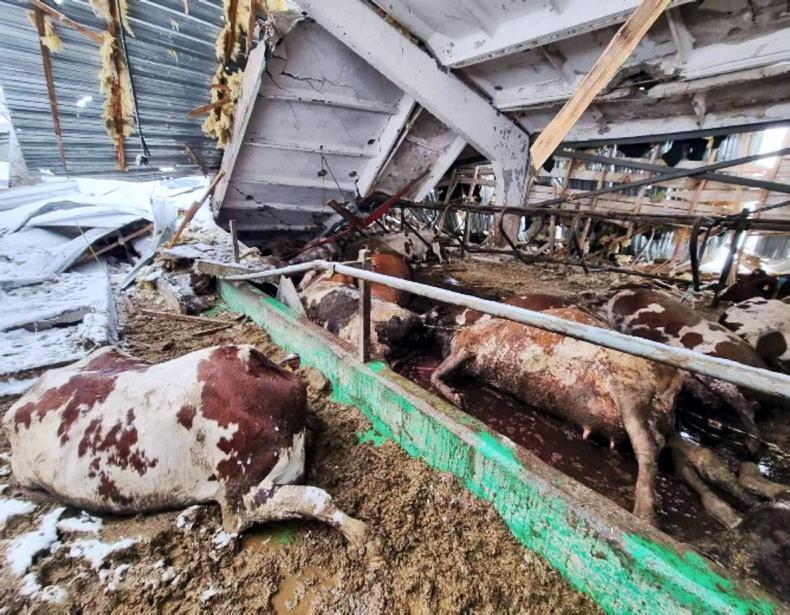
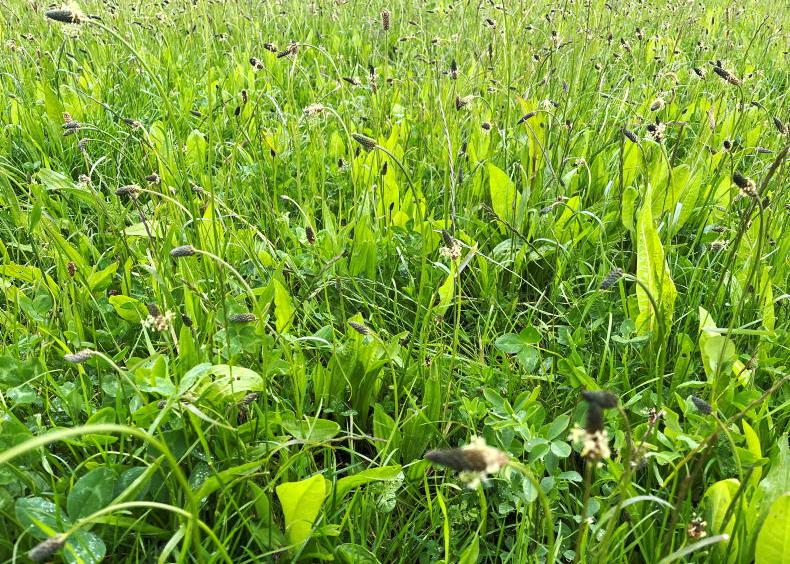

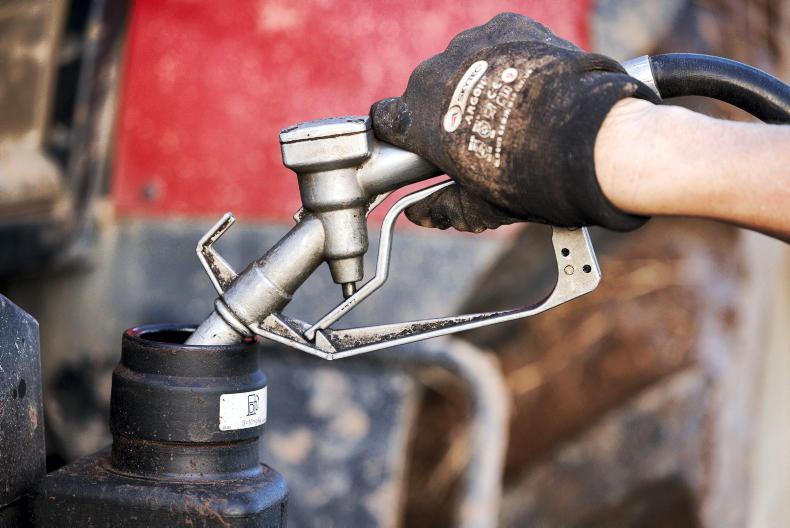
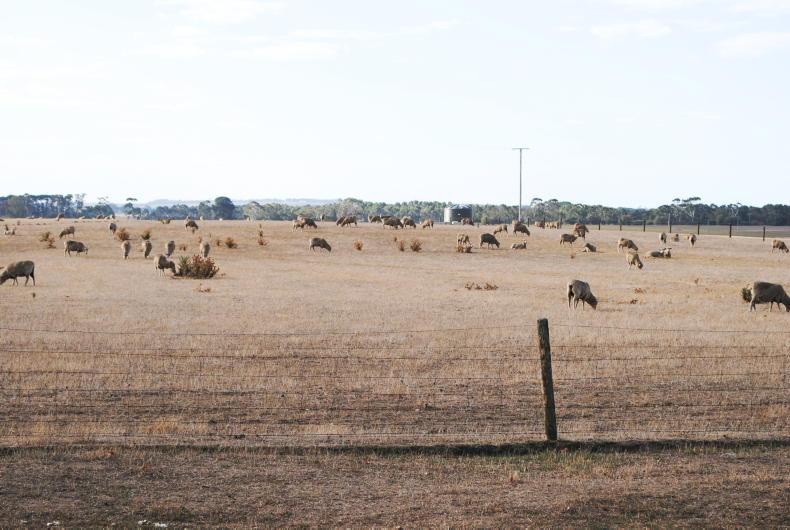
SHARING OPTIONS